Condition Closed Occupant Royal Naval Air Service | In use 1917-1986 | |
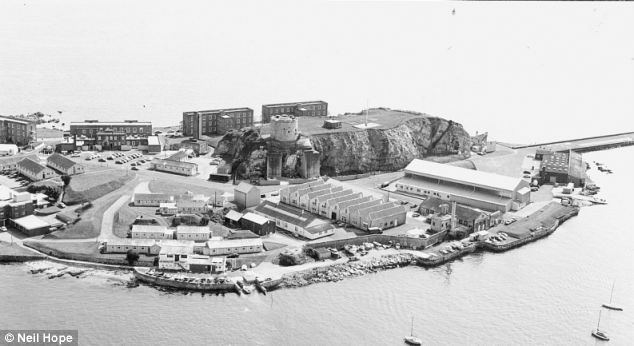 | ||
Type Seaplane Station and Flying Boat base Battles/wars First World WarSecond World War Occupants Royal Naval Air ServiceRoyal Air Force | ||
RAF Mount Batten was a Royal Air Force station and flying boat base at Mount Batten, a peninsula in Plymouth Sound, Devon, England. Originally a seaplane station opened in 1917 as a Royal Navy Air Service Station Cattewater it became RAF Cattewater in 1918 and in 1928 was renamed RAF Mount Batten. The station motto was In Honour Bound which is the motto of the Mountbatten family.
Contents
- Royal Naval Air Station Cattewater
- Royal Air Force Station Cattewater
- Royal Air Force Station Mount Batten
- RAF units and aircraft
- References

Today, little evidence of the RAF base remains apart from several memorials, some aviation-related road names, the main slipway and two impressive Grade II listed F-type aeroplane hangars dating from 1917.
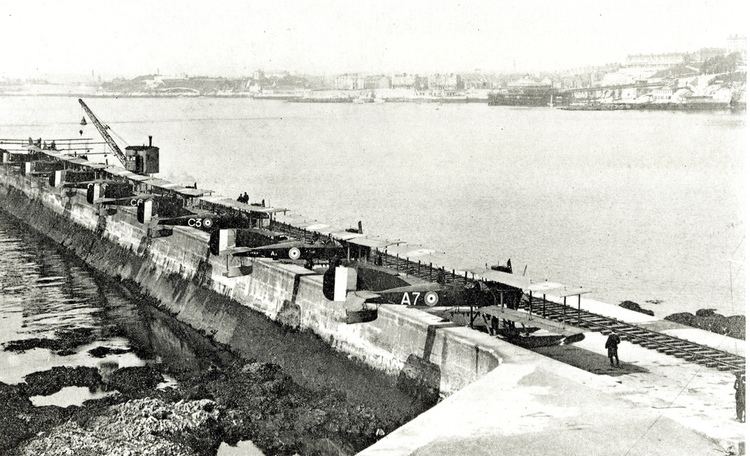
Royal Naval Air Station Cattewater
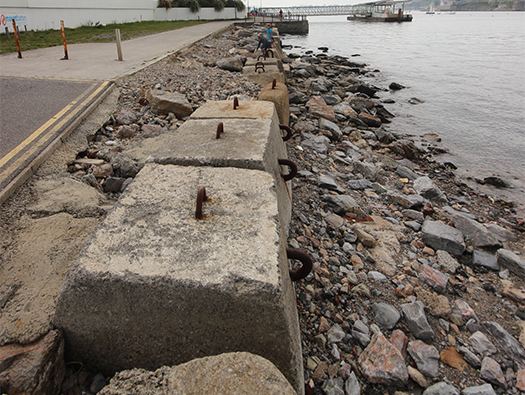
As early as 1913 the sheltered Cattewater in Plymouth Sound was used for seaplane trials and in 1916 plans to open a Royal Navy seaplane station were agreed. In February 1917 RNAS Cattewater was opened. It had a hangar for aircraft, storage and maintenance and a stone pier with a railway track that enabled a steam crane to place the seaplanes in and out of the water. The first aircraft based there were the Short 184 and these were soon followed by other seaplanes. Operational flying was carried out from Cattewater, mainly coastal patrols.
Royal Air Force Station Cattewater
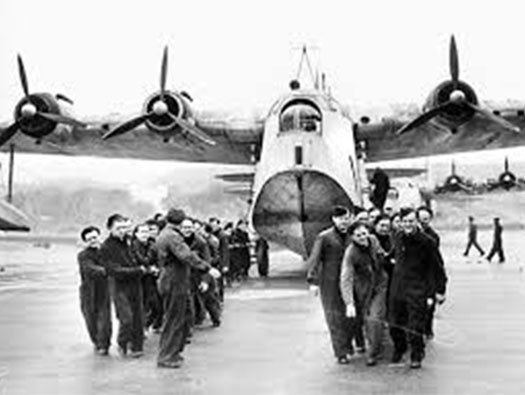
With the formation in April 1918 of the Royal Air Force the station became RAF Cattewater. The station was little used but in 1919 the station became notable with the arrival of the Curtiss NC 4 flying boat making the first aerial crossing of the Atlantic. From 1923 the station was re-built and extended and was re-opened in 1928.
Royal Air Force Station Mount Batten
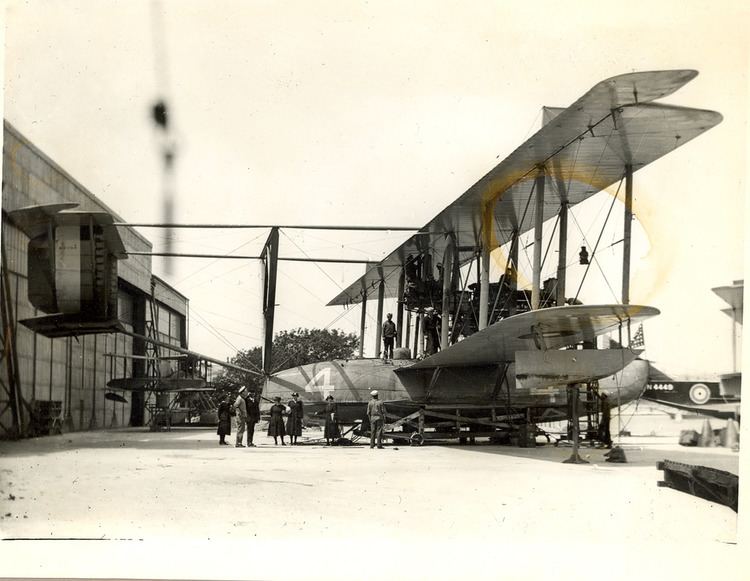
On 1 October 1928, following re-building, the old Cattewater seaplane station was opened as RAF Mount Batten. The main reason for the new station was to provide a base for flying boats to defend south-west England. The first squadron (No. 203 Squadron RAF) became operational with the Supermarine Southampton.
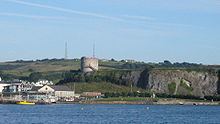
The station also became a base for high-speed air sea rescue launches on which, in the 1930s, was employed Aircraftman Shaw, better known as T. E. Lawrence, who had suggested the change of name. The base is actually named after Captain Batten, a Civil War commander who defended this area at the time with the Mountbatten family motto taken as the station's motto.
With the start of the Second World War there was an increase in operational flying from Mount Batten. It was also the target for a number of German air raids including the destruction of one of the hangars and a Short Sunderland on 28 November 1940.
At the end of the war the Australian squadron departed for home and the station became a Maintenance Unit. At the end of the 1950s the station became the Marine Craft Training School and from 1961 became the main base of the RAF Marine Branch, with the closure of No. 238 MU, Calshot. Although without any aircraft, the station became the centre for both marine craft until the marine branch closed in 1986 and the School of Survival until it moved in 1992. It also housed No. 3 Maritime Headquarters Unit of the Royal Auxiliary Air Force providing Communications and Operations Room personnel.
RAF units and aircraft
209 Squadron operated the following aircraft types Blackburn Iris III (1930–1932), Saro A.7 (1932), Blackburn Iris IV (1932–1934), Singapore II (1932), Southampton II (1933–1935), Perth (1934), Saro London I (1934), Supermarine Stranraer (1935), Short R.24/31 (1935).
